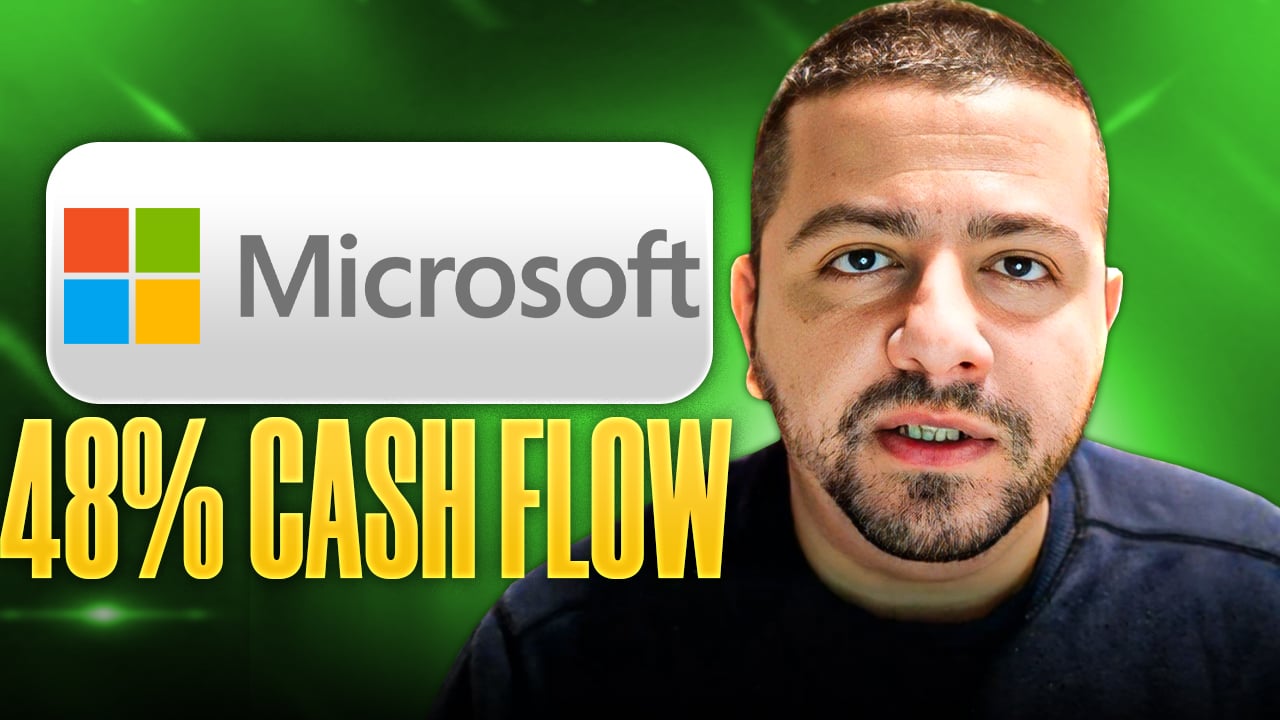The E3 gaming expo always represents a sizable opportunity for gaming's platform holders. The benefits of putting together a great conference and presence for the show are somewhat intangible, but the chance to gain mind share and debut new products amid hype and anticipation typically draws console manufacturers into an annual competition. While Sony (SNE 1.97%), Microsoft (MSFT +0.22%), and Nintendo (NTDOY 3.08%) are all capable of putting together effective media pressers, much tends to focus on which company "won" E3.
This year's expo saw the three main console hardware competitors present their media briefings in notably different styles. Sony and Microsoft's conferences were divergent in style and content, but both stuck to the live stage conference format. Nintendo, on the other hand, delivered its E3 presser courtesy of a pre-recorded video dubbed the "Digital Event." Which company had the best showing? What do this year's media briefings suggest for the future of the console wars?
Big games

Image: The Legend of Zelda Wii U; Source: Nintendo.com
Each of the three hardware manufacturers brought big exclusive games to this year's show. Microsoft's heaviest-hitting platform exclusives included: Halo 5: Guardians, Halo: The Master Chief Collection, Sunset Overdrive, Fable Legends, Crackdown, Scalebound, Forza Horizon 2, and Phantom Dust. Half of these games were only shown in CGI video form. That said, in terms of exclusive triple-A games, Microsoft looks to enjoy an advantage over its competitors this year.
Sony's E3 presser also had a solid lineup of triple-A exclusives, though not quite as many as Microsoft. The most notable exclusive triple-A PS4 games shown were The Order: 1886, Little Big Planet 3, Bloodborne, The Last of Us: Remastered, and Uncharted 4: A Thief's End. Sony's social racer Driveclub did not receive any focus during the company's presser, but the game was revealed prior to the show, similar to what Microsoft did with its 2015 game Quantum Break.

Source: PlayStation.com
Nintendo's show put huge emphasis on both Wii U and 3DS versions of its upcoming Super Smash Bros. Other big titles from the company's show included Yoshi's Wooly World, Captain Toad: Treasure Tracker, Pokémon Omega Ruby and Pokémon Omega Sapphire, Bayonetta 2, Xenoblade Chronicles X, Mario Maker, Kirby and the Rainbow Curse, and Wii U's 2015 Zelda game. Of these titles, Zelda was definitely the most impressive, but not much of it was shown.
Microsoft, Sony, and Nintendo all had solid showings on the exclusive software front. Microsoft's strict adherence to presenting gaming content meant that its big titles got more spotlight than those of its competitors. While Nintendo's software looked good, there was still a lack of titles capable of turning the dire Wii U situation around. As for third-party presence and support, Microsoft and Sony appeared to be on relatively even footing, while Nintendo had almost nothing to show.
Smaller titles and indie games
While Microsoft had a few compelling indie games like Orin and the Blind Forest and Inside, Sony had the most compelling indie games on display. ABZU from Giant Squid and No Man's Sky from Hello Games provided standout moments at Sony's presser.

Image: No Man's Sky, Source: PlayStation.com
Nintendo didn't focus on indie games during its Digital Event, but devoted time to them in subsequent media briefings. Sony was the clear winner with regard to its presentation of indie games and smaller titles, with Microsoft coming in a solid second on this front.
New hardware, peripherals, media, and online services
Nintendo had a strong performance in this category, thanks to the introduction of its Near Field Communication "amiibo" figurines, but the company failed to show that it was improving its online gaming presence.
On the other hand, Sony devoted a good bit of time to the importance of the PlayStation Network and PlayStation Plus, while also announcing PlayStation TV for Western markets, providing an update on VR headset Project Morpheus, introducing original television, and a game-to-film adaptation of Rachet and Clank.
Microsoft's focus on games meant that it didn't really compete in this category, other than a brief mention of its original, live-action TV show Halo: Nightfall and the detailing of content in its online-centric games.
Sony performed best in this category, with Nintendo coming in second, thanks to the heavy amiibo focus.
Overall presentation
Microsoft deserves credit for having a very well-paced conference. There was little in the way of boring moments or segments that dragged. Sony's show suffered from dry stretches, particularly as company representatives discussed media features and online platforms. Still, the show was slick-looking and well produced.

Source: Xbox.com E3 Media Briefing Stream
Nintendo benefited from the format of the Digital Event. Its press briefing had some slow moments, and the inherent difficulties in presenting Japanese developers to a Western audience were apparent, but the company's show was a huge step up from last year's.
Microsoft had the best presentation and pacing in its conference, while Sony and Nintendo both turned in respectable efforts.
So, who won E3?
While Sony was the clear winner of last year's conference battles, this year's outcome is difficult to judge. Each of the platform-holders had notable accomplishments.
Sony's show was good enough to avoid damage to the company's current momentum advantage. Nintendo was a bit short on breakthrough content, but its presentation was a major step up and a positive sign for the brand. That said, Microsoft emerged from this E3 with the greatest benefit. Its games-centric messaging was effective and well-exectued, and the company had the most to gain after last year's troubled Xbox One unveiling.








